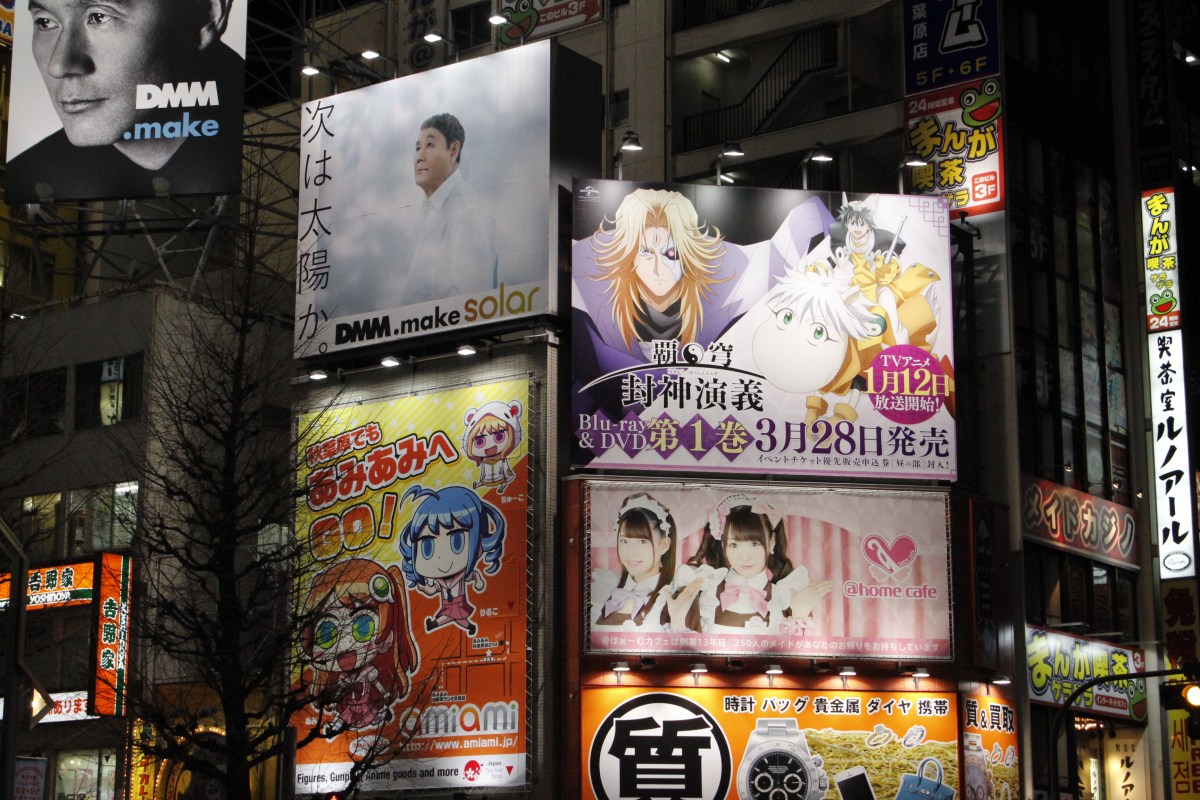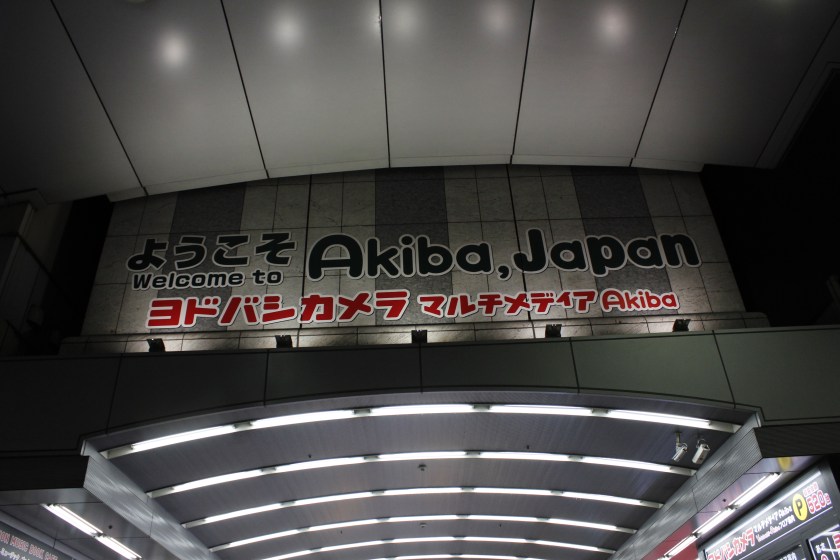[WARNING: SOME IMAGES MAY CONTAIN MILD NUDITY AND SEXUAL THEMES. VIEWER DISCRETION IS ADVISED]
Hello everyone, I’m back. It’s been a little over a week since I returned from Japan, and I’ve had to hit the ground running since I missed the first week of the Spring Semester during the trip (IT WAS TOTALLY WORTH IT THOUGH). As I’ve been grinding my way through catching up with homework, I thought of something interesting: Why not take what I learn in my anime class (yes, there’s an actual anime class that exists), and share a little bit of it with you readers? The first topic I thought would be interesting was the topic of “fan service.”

What is fan service? To readers who may not be familiar with the term, “fan service” is the practice of adding elements that attract viewers and keep them watching/reading. What many people in the West think of as just blatant perversion is actually a production and marketing strategy used in the hyper-competitive and capitalistic manga/anime market.
I’m sure most of you have heard the line “Sex sells” before, and Japan’s popular manga and anime market has taken it to heart. To understand this, one has to understand the way manga works and how it differs from the Western concept of comics. The reason I am using manga in this comparison is that many anime are derived from manga, and therefore a lot of the same techniques used in the marketing of the original manga get used by the anime side of the industry.
Unlike Western comics, which are published primarily monthly, all popular manga are published weekly. It doesn’t matter if you’re a beginner trying to break into the game, or if you’re a seasoned veteran. If you are a beginner, to get your start, you would have to send your manga to companies to be published in a collection among numerous other new artists’ works. These collections are sold in cheap books that are meant to be thrown away after reading.
These collections of new manga artist works all have surveys at the end asking readers to give their opinions on which artists’ manga they enjoyed. If the company sees that people like your manga, they will offer to put your manga in one of their more mainstream publications. You have one week to send in your next chapter. If that week’s publication gains traction, then you get another week from the company. The process will continue until you quit, or the audience loses interest. If your audience starts waning, the company will ask you to end your manga, and you’ll be kicked out of the lineup.

How do you stay in the game? With a good story? That’s impossible with only 25 pages a week, with people looking at your pages for only 4 seconds each, and with your manga just one of thousands of other hopefuls.
That’s where fan service comes in. It’s not a far-fetched notion to say that the first thing a person will notice is an attractive image of a character, whether it be a man or woman. If you can catch the eyes of readers with a girl in a swimsuit, or a guy with his shirt off and muscles glistening, you can increase your chances of being noticed by a small margin.


In a market where everyone thinks the same way, and wants the same thing, you have to be the one that stands out the most, which leads to the generous amount of “fan service” given in manga. It can be seen as lecherous in nature, but the reasoning behind it is almost strictly for business purposes. Fan service can lead to getting noticed. Getting noticed can lead to becoming popular and mainstream. If you can make it to the mainstream, the more fan service your manga has, the more ways it can be marketed in spinoff products like figures, posters, and other character goods. Good fan service leads to the establishment of strong anime/manga franchises.
In the end, manga is not a niche industry like its Western comic counterpart. It’s a mainstream, hyper-competitive industry in Japan, and fan service is just one of the ways to hopefully get yourself noticed, and HOPEFULLY that gets your foot in the door.

I hope you all enjoyed this little tidbit from my anime class, and I hope you learned something that you didn’t know before. Fan service plays upon people’s desires, but it’s not perversion or sexualization for sexualization’s sake. It’s a survival mechanic. The Japanese market is drastically different from the Western market regarding things like comics and manga, and I hope I could shed a little light on that.
If you’re interested in more content like this, please leave a comment and let me know. I sincerely enjoy writing about the things I learn in class.

































































































